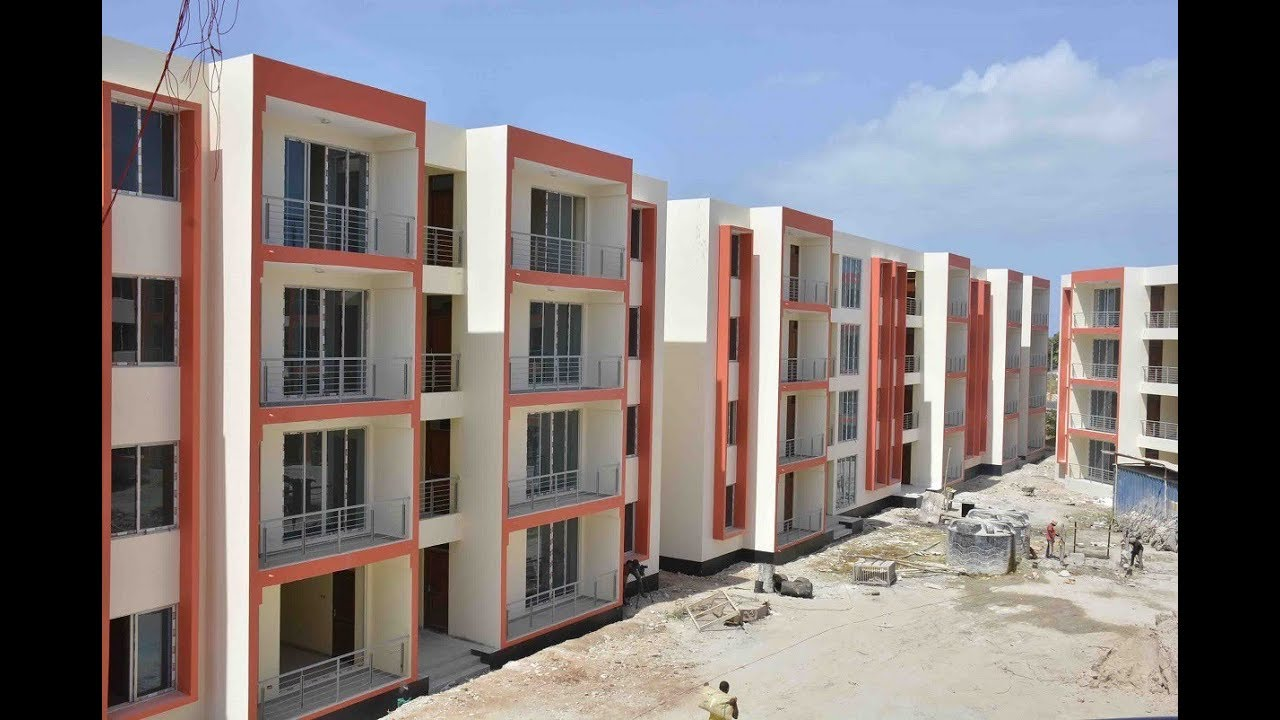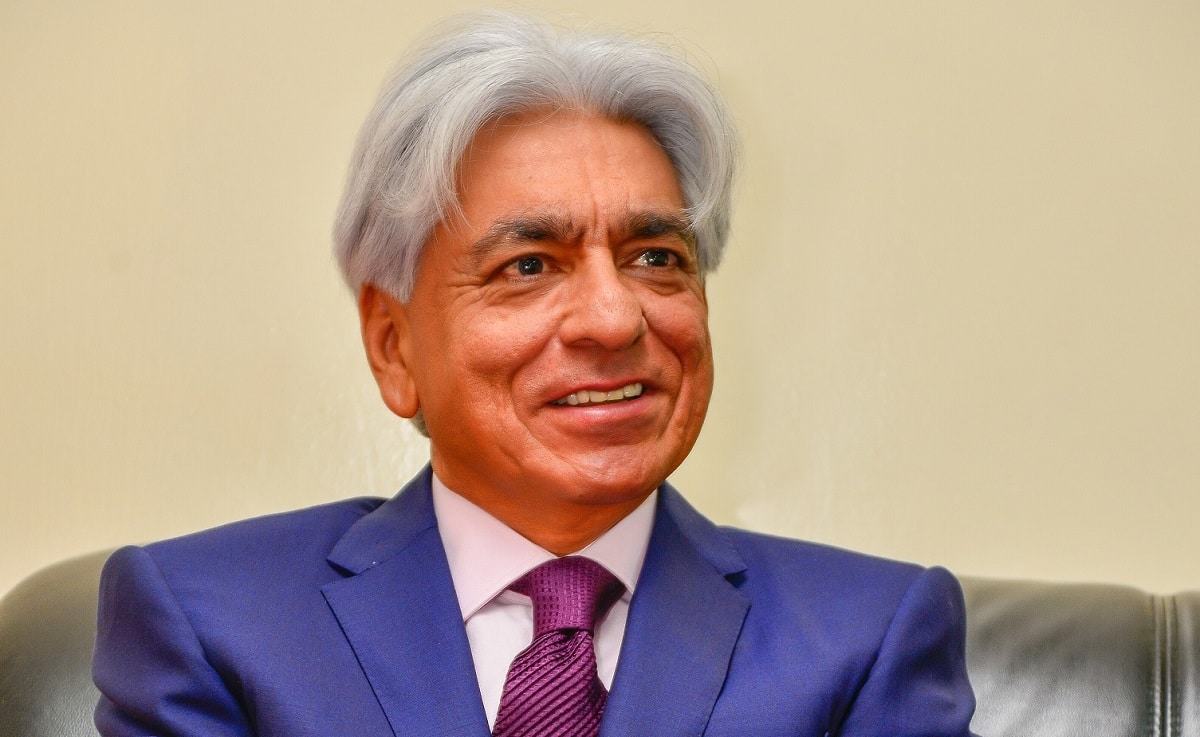Housing and Urban Development Principal Secretary Charles Hinga addressed the Economic and Social Council (ECOSOC) roundtable on the implementation of the New Urban Agenda in New York on Thursday where he disclosed that by prioritising the Affordable Housing Program, Kenya had seen investments of over Ksh2.3 trillion being realised.
“Through this program, we have made a strong commitment to catalyse housing projects that will deliver housing en-masse, provide affordable home financing solutions, and create an enabling environment for continued development. Our efforts have catalysed private sector investment in housing, and we note reports from our National Construction Authority of investments of over Ksh2.3 trillion in registered housing projects between April 2017 and February 2022,” Mr Hinga said.
He further revealed that through the Slum Upgrading Department, the Government had constructed social housing, developed community health centres, social and multipurpose halls, ablution blocks, schools, markets, and installed street lighting to enhance security across the country in various slums and settlements.
“Additionally, the implementation of the Kenya Informal Settlement Improvement Project (KISIP),with support from the World Bank and other development partners, had allowed us to improve infrastructure, access to tenure security and related physical and spatial planning within informal settlements across 15 municipalities and a total of 1,389,980 direct beneficiaries,” he said.
He said the steps taken by the Kenyan Government were aligned to the New Urban Agenda which, according to him, was an important approach in the country’s urban development agenda. “We continue to prioritise the adoption of strategies that build inclusive human settlements, improve urban resilience, promote adaptation to climate change, and direct sufficient investment in the built environment that will ultimately achieve ecumenical development and improve living conditions and the wellbeing of urban dwellers.”
Mr Hinga’s speech echoed the stand taken by ministers responsible for housing and urban development from across Africa who met in Nairobi last week to discuss how best to respond to urbanisation on the continent. The two-day ministerial consultations towards the High-Level Meeting on New Urban Agenda to be held in New York on April 28 were organised by UN-Habitat, United Nations Economic Commission for Africa (UNECA), and the African Union with the support from the Government of Kenya.
During the Nairobi meeting, experts stressed the connection between climate change, housing, physical planning and the need for innovative finance systems to build resilience of urban centres in Africa – especially after the COVID-19 pandemic which has deepened inequalities in urban areas.
See Also >> Unlocking The Transformative Power Of Mobile Money
“Fortunately, international agencies like UN-Habitat are mobilising their partners in national and local governments, and offering their operational expertise, to push back against these daunting crises. The meeting’s outcomes are expected to feed into the continent’s joint position and showcase their commitment to the New Urban Agenda at the High-Level Meeting, while also cooperating on innovative solutions to create climate resilient cities,” said Oumar Sylla, UN-Habitat’s Director for the Regional Office for Africa.
The UN Department of Economic and Social Affairs (DESA) estimates that roughly 55 percent of global population lives in urban areas and projects that by 2050, this figure will rise to 68 percent. Most of the urban population growth will take place in South Asia, South-East Asia, and sub-Saharan Africa. Most cities in these regions are ill-equipped to harness the productive capacity and meet the needs of their populations at present and face serious challenges doing so as the population of their cities grows.
Most of the urban population growth will take place in South Asia, South-East Asia, and sub-Saharan Africa.
Over the last two years, the implementation of the New Urban Agenda has been taking place in the context of the COVID-19 pandemic. Cities have been at the frontline of the health emergency, 90 percent of cases occurred in urban areas, according to the World Health Organization data. The pandemic deepened existing inequalities and created new vulnerabilities reversing progress towards the attainment of many of the Sustainable Development Goals.
The New Urban Agenda was developed to address urban challenges. Adopted at the United Nations Conference on Housing and Sustainable Urbanization (HABITAT III) held in Quito, Ecuador on 20 October 2016, it is a document that sets global standards of sustainable urban development. Through policy advice and practical case studies it offers a new way of looking at how we build, manage, and live in cities.
>> Affordable Housing Hinges On Alternative Building Technologies













Leave a comment